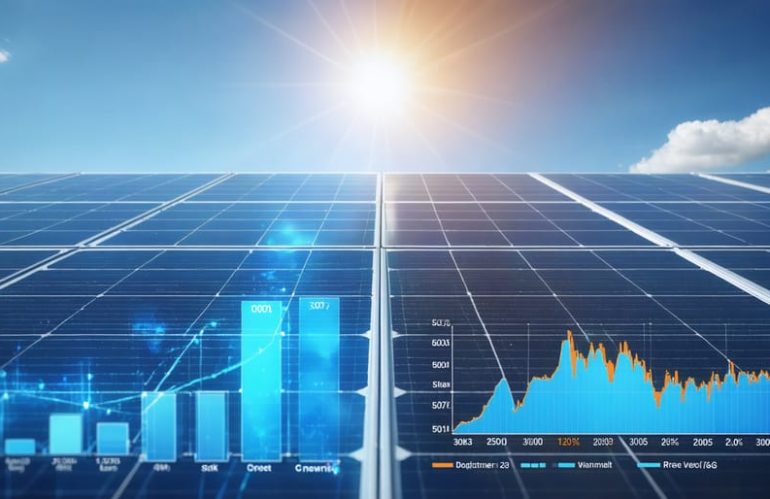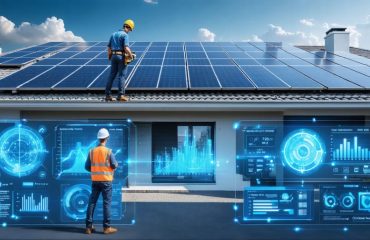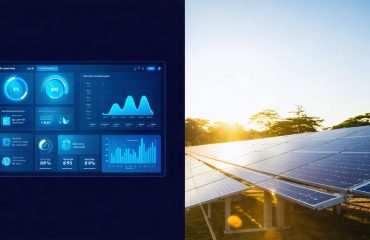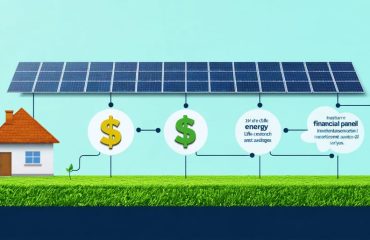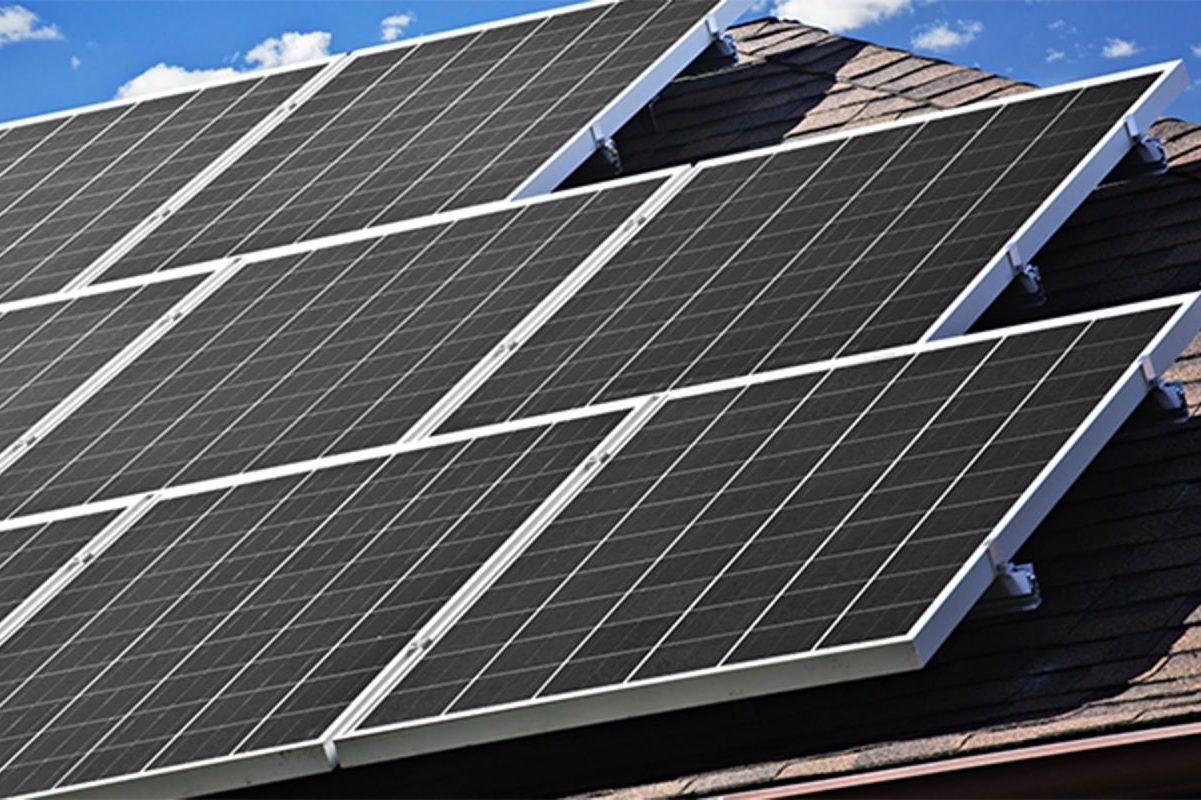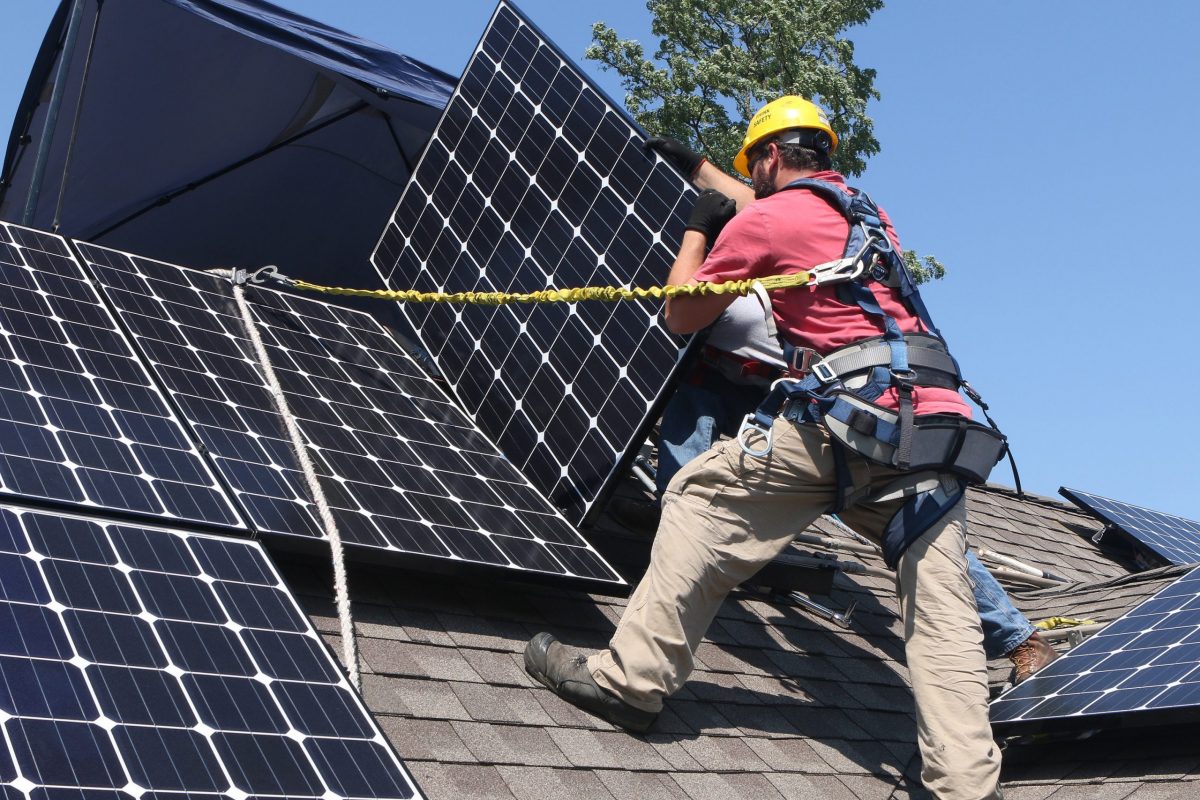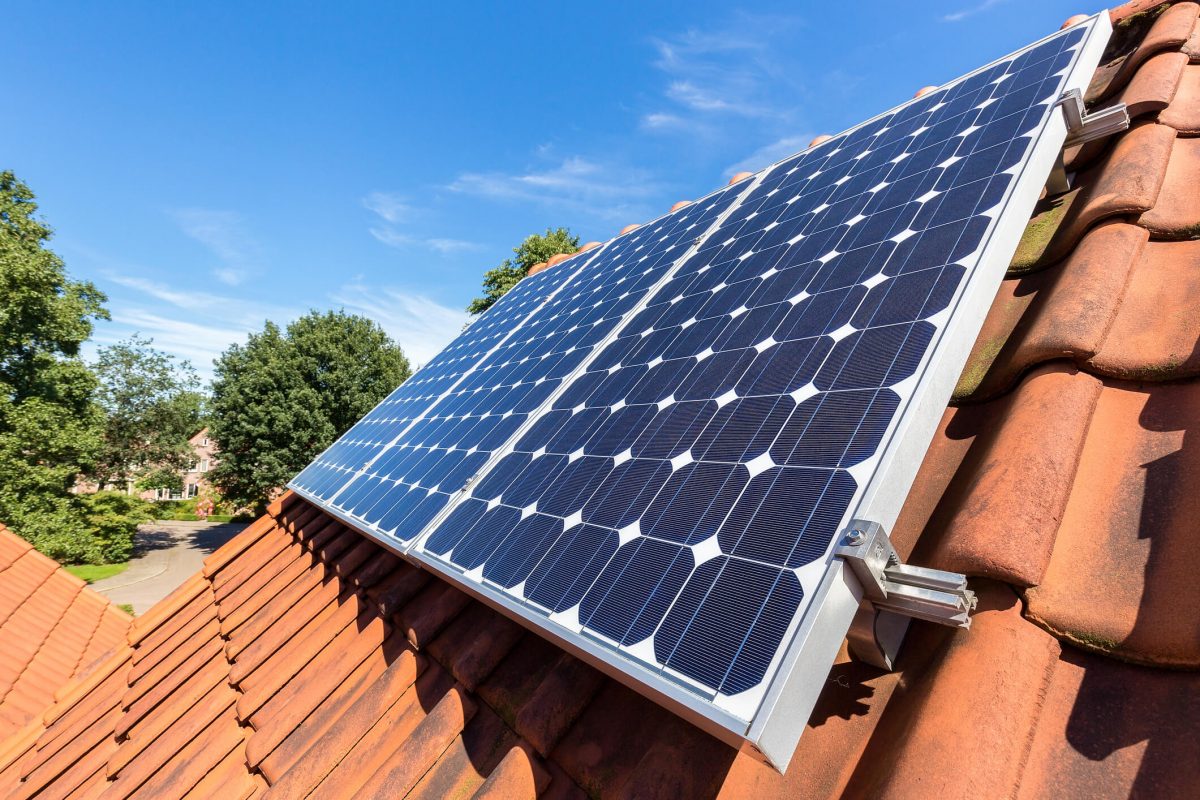A cost-benefit analysis transforms complex financial decisions into clear, actionable insights by weighing potential returns against necessary investments. Consider a homeowner evaluating solar panel installation: while the initial $20,000 investment seems daunting, the analysis reveals $40,000 in energy savings over 20 years, plus $5,000 in tax incentives and a $15,000 increase in property value. This practical approach to decision-making helps both homeowners and businesses quantify the true value of their investments, moving beyond gut feelings to data-driven choices. Whether you’re considering a home renovation, business expansion, or sustainability upgrade, understanding how to conduct a thorough cost-benefit analysis empowers you to make confident, informed decisions that maximize your return on investment while minimizing financial risk.
Understanding Cost-Benefit Analysis for Solar Maintenance
Key Components of Solar Maintenance CBA
When analyzing the costs and benefits of solar panel maintenance, several key components need to be carefully evaluated. On the cost side, labor expenses typically include routine cleaning, which ranges from $150-300 per visit, and professional inspection fees averaging $150-200 annually. Replacement parts, such as inverters or damaged panels, can cost between $1,000-2,500, though these are usually one-time expenses spread over many years.
The benefits, however, often outweigh these maintenance costs significantly. Regular maintenance can improve panel efficiency by 15-25%, which directly translates to increased energy production and higher savings on electricity bills. Professional maintenance also extends system lifespan by 5-10 years beyond the standard 25-30 year expectancy. Additionally, following manufacturer-recommended maintenance schedules ensures compliance with warranty compliance requirements, protecting your investment against potential defects or performance issues.
A practical example shows that spending $500 annually on maintenance can preserve optimal system performance, potentially saving $1,200-1,500 in annual energy costs. This maintenance investment also helps avoid costly emergency repairs, which can exceed $3,000 if problems are left unchecked. Over a 5-year period, regular maintenance typically yields a positive return of $3,500-4,000 when factoring in energy savings, preserved system efficiency, and avoided repair costs.
For homeowners, this analysis demonstrates that while maintenance does require upfront costs, the long-term financial benefits and system reliability make it a sound investment in their solar energy system.
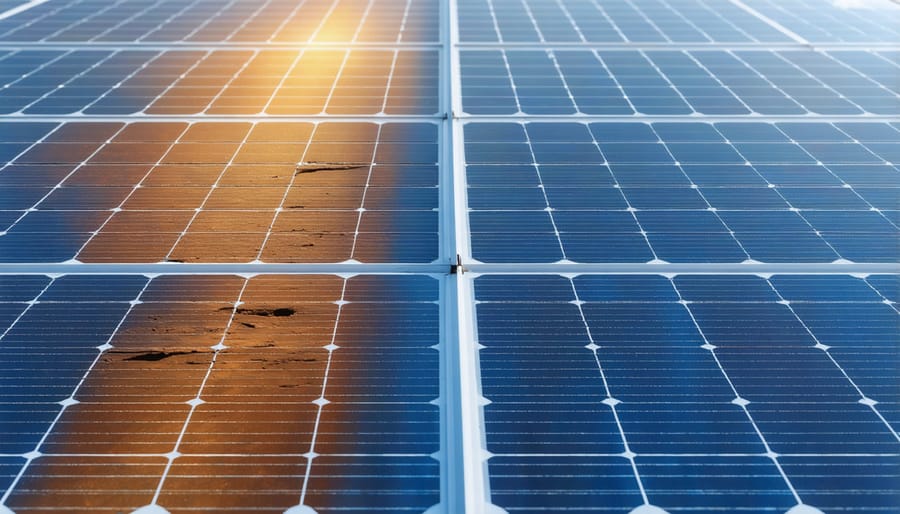
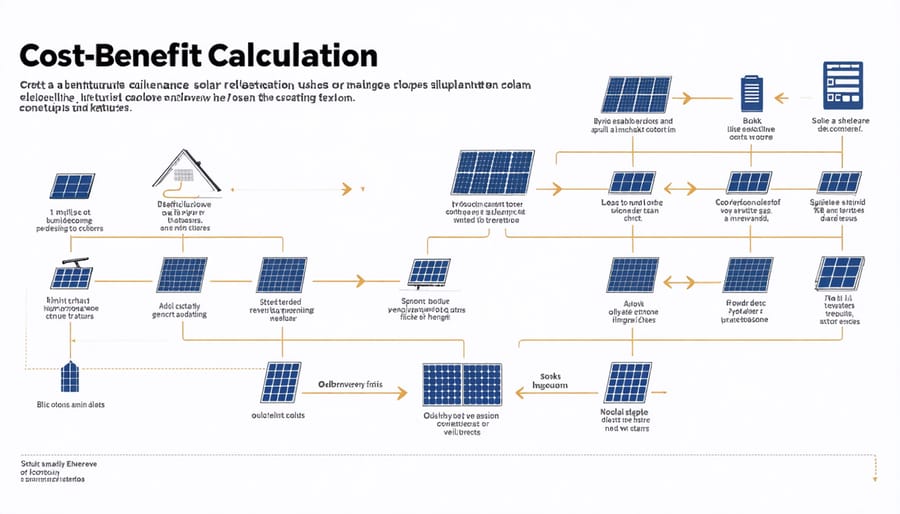
Practical Example: Annual Panel Cleaning Analysis
Cost Breakdown
When breaking down the costs for our solar panel installation example, let’s look at the key expenses you’ll need to consider. The initial equipment costs typically range from $15,000 to $25,000 for a standard residential system, including panels, inverters, and mounting hardware. Installation labor usually adds another $5,000 to $7,000, depending on your roof’s complexity and local rates.
Don’t forget about permit fees and inspections, which can run between $500 and $1,000. If your roof needs reinforcement or electrical system upgrades, factor in an additional $2,000 to $3,000. Maintenance costs over the system’s lifetime average about $150-300 annually for cleaning and basic upkeep.
Time investment is another important consideration. Expect to spend about 10-15 hours researching suppliers, getting quotes, and overseeing installation. You’ll also need to set aside 2-3 hours each year for system monitoring and coordinating maintenance visits.
The total upfront investment typically falls between $20,000 and $35,000, though exact costs vary by location, system size, and specific home requirements. Remember that many of these costs qualify for tax incentives and rebates, which we’ll explore in the benefits section.
Benefit Calculation
When calculating the benefits of regular solar panel maintenance, several key factors contribute to the overall value proposition. Professional cleaning and maintenance typically result in a 5-10% increase in energy production, translating to approximately $100-200 annual savings on electricity bills for an average household system. The value of solar panel cleaning becomes even more apparent when considering the extended lifespan of well-maintained panels.
A properly maintained solar system can last 25-30 years instead of the standard 20-25 years, representing an additional 5 years of energy production. This extension alone can generate $5,000-7,500 in extra savings over time. Furthermore, regular maintenance helps maintain the panel’s warranty coverage and prevents costly repairs, saving an estimated $1,500-2,000 in potential repair costs over the system’s lifetime.
Other quantifiable benefits include increased home value (approximately 4% higher for well-maintained systems) and potential tax incentives for maintaining renewable energy systems, which can amount to hundreds of dollars annually depending on your location.
Making Smart Maintenance Decisions
Decision-Making Framework
To make informed decisions about maintenance investments, follow these straightforward steps. First, list all potential costs, including materials, labor, and any disruption to daily activities. Next, identify both immediate and long-term benefits, such as energy savings, increased property value, and improved comfort. Calculate the expected return on investment by comparing total costs against projected savings and benefits over time. Consider the life expectancy of the improvement and factor in any available tax incentives or rebates. Finally, weigh non-monetary benefits like environmental impact and peace of mind. This systematic approach helps ensure you’re making financially sound choices while aligning with your sustainability goals and comfort needs.
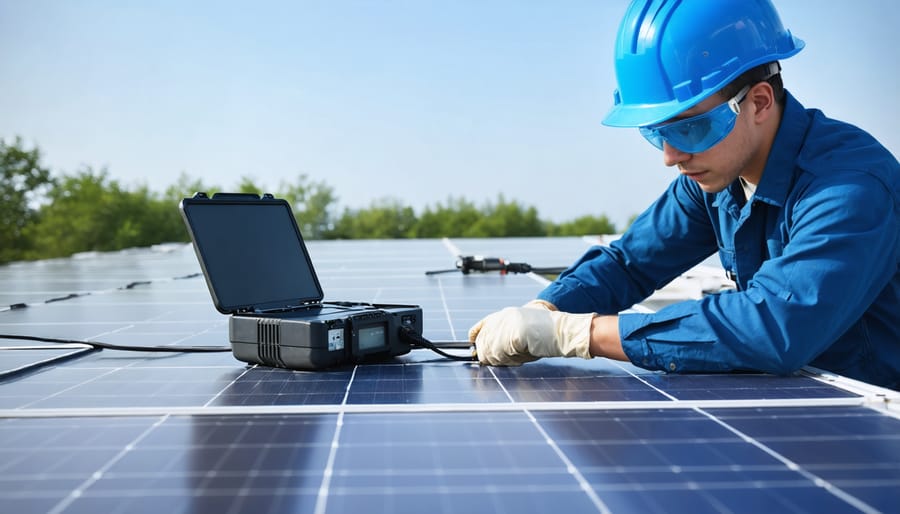
A well-executed cost-benefit analysis empowers you to make informed decisions about home maintenance and improvements. By carefully weighing the initial costs against long-term benefits, you can prioritize projects that offer the best return on investment while supporting your sustainability goals. Remember that the most effective analyses consider both quantitative factors, like direct financial savings, and qualitative benefits, such as increased comfort and environmental impact.
Take a proactive approach by regularly reviewing and updating your maintenance plans, keeping detailed records of costs and benefits, and staying informed about new technologies and solutions that could improve your home’s efficiency. Consider creating a spreadsheet or using a home management app to track expenses and projected savings, making it easier to identify trends and adjust your strategy as needed.
By making cost-benefit analysis a regular part of your home maintenance planning, you’ll be better equipped to make smart investments that enhance your property’s value while reducing your environmental footprint and monthly expenses. Start small, be consistent with your analysis, and don’t hesitate to consult professionals when needed for more complex projects or calculations.

